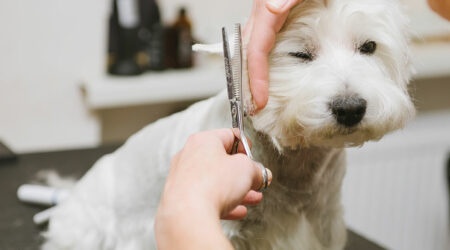
Overactive bladder – 3 frequently asked questions
An overactive bladder, or OAB, is a condition that causes a sudden and uncontrollable need to urinate, and that may not be easy to control. Such a condition may be a cause for issues in places other than home. While an overactive bladder is definitely a stressful condition to deal with, it is not an impossible condition to live with. Here is everything one needs to know about this condition.
1. What is an overactive bladder?
Conditions like OAB make one want to urinate urgently and suddenly, without them being able to control it. This lack of control can be problematic when one is in a public place, with no time to find the facilities. Although OAB is not a life-threatening condition, it can lead to mental stress and social anxiety. Having to deal with such a situation in a professional environment or even a large gathering does take a toll on an individual.
Someone who deals with an overactive bladder can feel disconnected and avoid leaving the house. One may start avoiding social gatherings and stay at home most of the day. Some experts claim that an overactive bladder can also affect one’s intimacy levels and personal relationships.
Surveys show that about 30% of men and 40% of women in the country live with OAB. Most people restrict going outdoors or managing the symptoms on their own without asking for help. Some people even wrongfully assume that there are no treatments available for the condition. Talking to a healthcare provider will open up many treatment options.
2. What are the causes and risk factors?
One needs to understand the normal functioning of the bladder to know what causes OAB. Let’s say an individual’s bladder is full; now, nerve signals are triggered in the brain to tell the bladder that it needs to be emptied. The brain informs the body of this need, and that is the urge one gets to use the washroom. The bladder muscles start contracting while emptying, and once that is done, the bladder muscles relax until the next time.
Now, for some reason, the nerve signals may be triggered randomly, even when the bladder is not full. Also, at times, the bladder muscles may start contracting involuntarily, even without getting full. If these happen, the result is an overactive bladder. Some of the common causes for these to happen are neurological disorders, chronic bladder conditions, and diabetes. Furthermore, common risk factors for an overactive bladder include:
- Age
The older one gets, the weaker the bladder muscles and these can start functioning involuntarily. - Existing health conditions
People with existing health conditions such as kidney diseases, high blood pressure, diabetes, and cardiovascular diseases are at a higher of developing an overactive bladder.
3. What are the treatment options available?
When one considers treatment options for an overactive bladder, there are two sections to talk about: medical treatments and lifestyle management. A healthcare provider will be the right person to offer advice on various medical treatments available. Let us focus on the lifestyle management part here.
One must avoid drinking too many fluids with caffeine and sugar to reduce the need to urinate often and without control. Some people notice their overactive bladder getting manageable after losing body mass. A high body-mass index may put pressure on the bladder, causing it to act involuntarily. Some people even claim that certain exercises help the bladder muscles get stronger and function normally. Pelvic exercises are easy to do, and these strengthen the pelvic muscles. Timed urination is another common solution offered to overactive bladder patients: instead of waiting for the bladder to suddenly cause an urge to urinate, one can start going to the bathroom at regular intervals. Many people find that maintaining a diary also helps.
Bladder training is another way to slowly train an overactive bladder to function normally and resist the urge until reaching the bathroom. Experts say that bladder training exercises should help to hold the urine for longer. One may need to contact an expert to learn the techniques correctly.
If one feels that they are exhibiting the signs of OAB, they must definitely talk to their healthcare provider about it for getting the right treatment. The above-mentioned lifestyle management tips can also help handle the condition easily.




